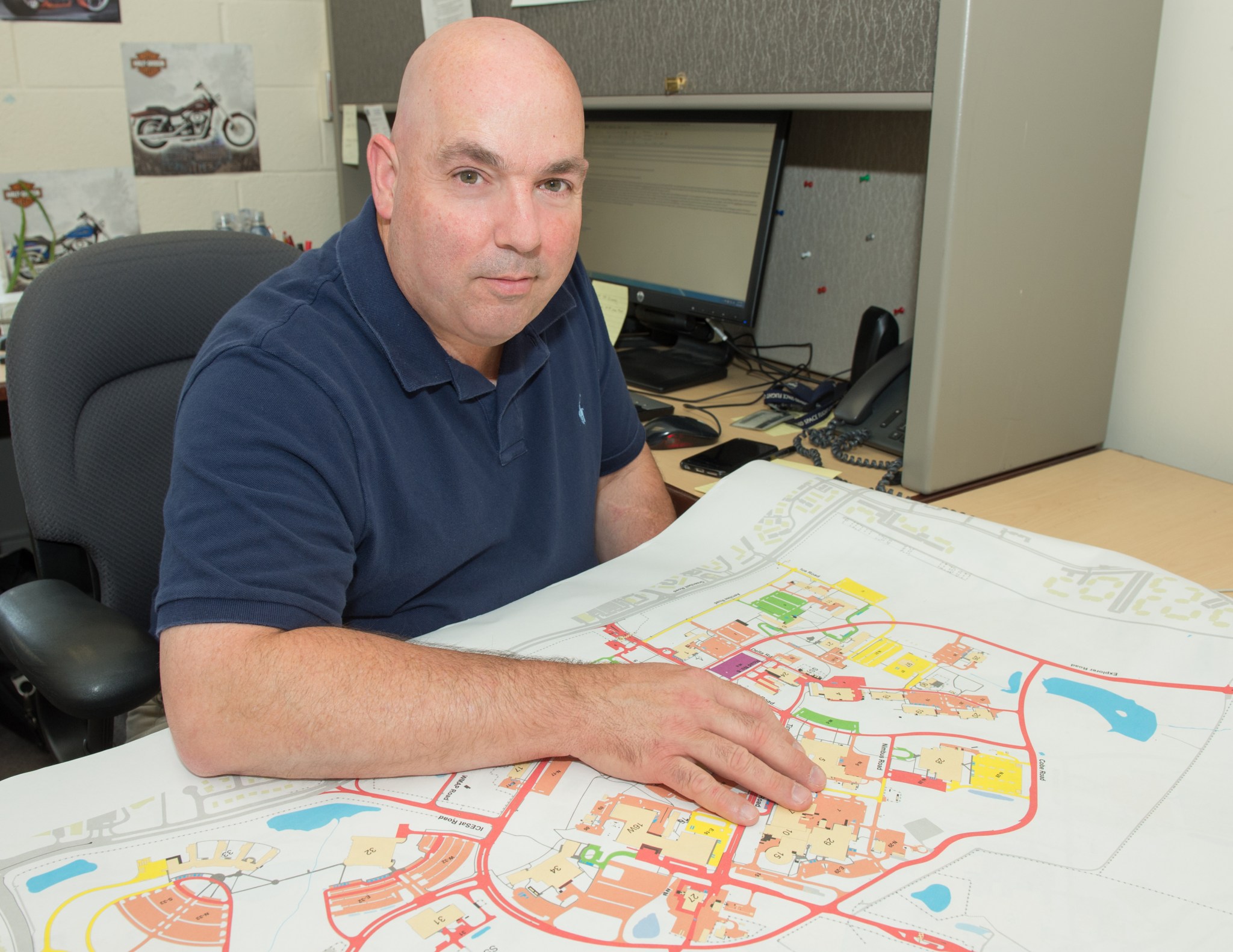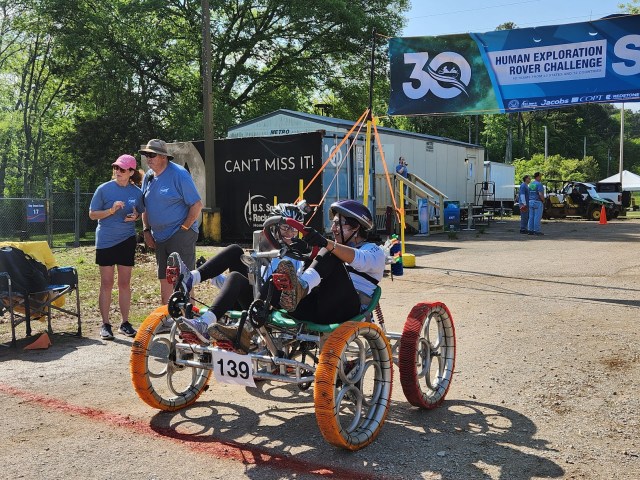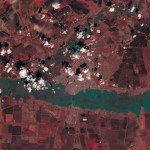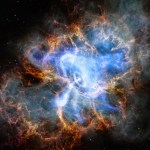Name: Bill Ridenhour
Formal Job Classification: Mechanical engineer
Organization: Code 227 and 224, Engineering Branch, Facilities Management Division
What do you do and what is most interesting about your role here at Goddard?
I am currently on detail to help manage the operations and maintenance of all of Goddard’s facilities including the laboratories, testing facilities, offices and utilities. Goddard’s 1,270 acres house over 150 different buildings.
We have laboratories that do everything from analyze data from deep space probes to individual proteins in dust from Mars. Our facilities are able to test every single piece of flight hardware by simulating each environment that flight hardware will encounter through its lifetime in space including vibrations, extreme heat and cold, and gamma radiation.
I am the contracting officer’s representative for the operations and maintenance contract. I help coordinate between building users and the contractor to keep the buildings well-maintained and operating within very specific requirements to support our missions. The really cool aspect is that, for example, we may have to configure a clean room for one project’s needs and then two months later completely reconfigure that same clean room to have a whole different environment to support a new project.
What are some of the more challenging aspects of keeping our buildings running?
We are one of the oldest NASA centers. Many of our buildings are approaching 60 years old and we are doing twenty-first century science inside them which creates a whole host of unusual issues and problems. We have to figure out how to provide completely reliable internal environments for the scientists to be able to do their work. For example, reliable electric power is essential. In many cases, stringent temperature and humidity levels have to be maintained as well.
Something as simple as a severe summer thunderstorm can easily become an all-hands-on-deck event in order to keep the labs running. We are like the mailman in terms of snow. We do not let snow stop our research even if the center might have to close for non-essential workers. We are plowing the equivalent area of a small town.
Are you inventive by nature?
Throughout my career, in the private sector and with the federal government, my specialty has been fixing unique problems. I have become a bit of an inventor by necessity.
Around 1984, while a sophomore at North Carolina State University, I invented a pair of shock-absorbing crutches. I had just lost my mother to cancer and the dean of the engineering school asked me to help a cancer survivor and civil rights activist named Jim Letherer who wanted to walk across the United States to raise money for cancer research. He was able to run a 12-minute mile on crutches, but the stress of the impact would shear the connecting pins apart every two to three miles. His hands were so swollen and calloused that they appeared deformed. On the first test using the shock-absorbing crutches, he ran a nine-minute mile around the athletic track at the university.
He later used the shock-absorbing crutches that I developed for him to walk and run across the entire country, from Raleigh, North Carolina, to San Diego, California. He zig-zagged his path to visit as many childrens’ hospitals as possible to let them know that they could have hope and overcome their illnesses. He completed his cross-country track using only two pairs of my crutches and he raised a lot of money to help other fellow cancer survivors.
What are you currently inventing?
About 15 years ago, and after a number of years of private sector work, the National Institutes of Health asked me to help them develop a mobile asset for biological testing. That project led to several others. About 12 years ago, NIH asked me to help design and construct a Western-style, state-of-the-art biological laboratory to be used in Sub-Saharan Africa.
I am now working on a project for NIH to enhance these laboratories. I just came back from a trip to begin the work on one in Bamako, Mali. The finished laboratory is 12 feet wide and 25 feet long, but don’t let the small size fool you. The team of researchers over there do incredible research. We outfitted the lab with the same types of research equipment that you would find in any major world-class laboratory. Much of the equipment came from the U.S. and the rest came from other countries.
It is extremely gratifying to know that projects that I am helping design and build can offer hope for a better way of life for people living in developing countries and especially for their children. We know that the research done with our laboratories has resulted in lower mortality rates.
I have had a notion for the past 30 years about how to efficiently and cheaply do sea water desalination to turn salt water into fresh water suitable for drinking. I am currently building my first prototype. This is my new big challenge which occupies my weekends. Within 20 years, I think freshwater will be more important than oil in terms of commerce. You can do without almost anything, but you cannot do without water.
I hope to be able to invent for Goddard in the future as well!
What makes a good inventor?
You ask the question “why” as many times as you can. You always look for a problem or a pain point and then you try to find a solution. You question everything. Just because something has been done one way for 100 years does not mean it is the best way.
There is no substitute for personal interaction, engaging one on one with people, looking them in the eyes and hearing directly from them what they need.
What is your work motto?
I love my job at Goddard. I do the work for NIH and other clients on my own time as my personal mission. It may sound corny, but I think that if you have the ability to help someone then you have a responsibility to help them. I have been very fortunate and blessed to have a very inquisitive mind that I am able to use to make a positive change in the world. I apply that same attitude to my work here at Goddard, to come up with novel solutions to complex problems.
There is a phrase that I love. The phrase is, “Adventure may hurt you, but monotony will kill you.” I try to apply this philosophy to every part of my life. In my job at Goddard, I am always open to trying something new and untested. If it works, that is fantastic. If it does not, I learn from it and then try to make something that does work.
Outside of work, I apply this same philosophy to every encounter I have with people. If I have the opportunity to help someone or simply show kindness, I do it. Whether or not it is accepted or appreciated does not matter. I am trying to teach my two boys the same way of being by example.
What is the coolest thing about working at Goddard?
Working at NASA has been a life-long dream come true for me.
When I was a child, my dream was to invent the next generation of airplanes and spacecraft. I went to college to study aerospace engineering. In 1981, after completing my freshman year, I was offered a summer job with NASA’s Langley Research Center in Hampton, Virginia. But I had to temporarily leave school to care for my mother.
She made me make two promises before she died. One, she wanted me to finish college and get at least a master’s degree. Two, she wanted me to work for NASA.
My mother passed away in 1982. I attended Eastern Nazarene College in 1989 while doing some project work in Boston and graduated with a degree in general science in 1992.
In 2012, 31 years after making the promise to my mother, I began working at NASA Goddard. This fall, I will begin taking courses towards a master’s in management from the Harvard University Extension School, which is 90 percent online and 10 percent in-residence. I am super thankful that Goddard management encourages life-long learning and is so supportive of me. In four years, working full time and going to Harvard part-time, I hope to complete the master’s program.
What keeps you going?
I am the survivor of four strokes from three years ago. By rights, I should not be alive. On several occasions, the doctors did not give me much hope for longevity.
But I have hope. I continually set goals – six-month goals and one-year goals. My most recent goal was to walk a half-marathon, which I did. I was the last man to complete the half-marathon, but I did it. Now I intend to run the full Los Angeles Marathon next March. And I will.
By Elizabeth M. Jarrell
NASA’s Goddard Space Flight Center, Greenbelt, Md.

Conversations With Goddard is a collection of Q&A profiles highlighting the breadth and depth of NASA’s Goddard Space Flight Center’s talented and diverse workforce. The Conversations have been published twice a month on average since May 2011. Read past editions on Goddard’s “Our People” webpage.
































